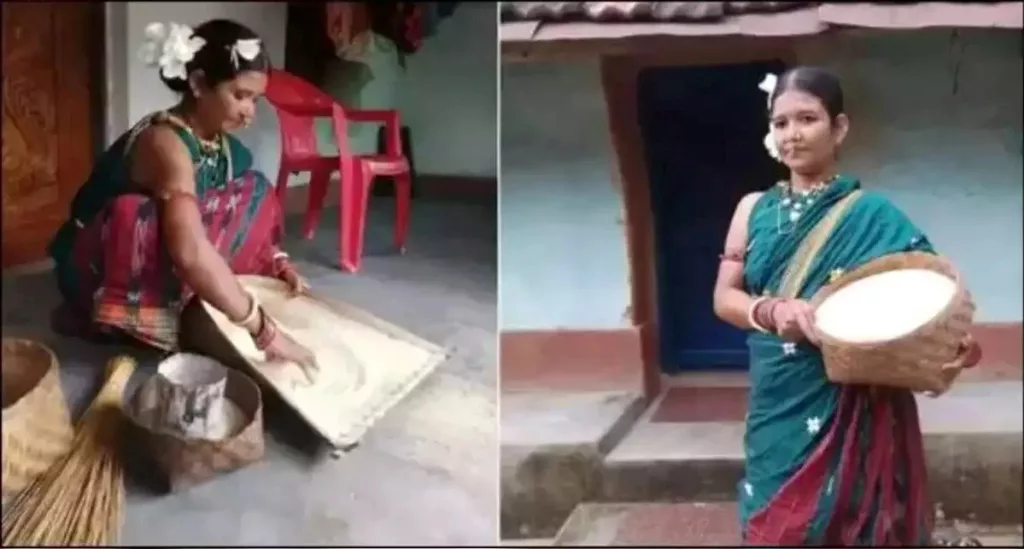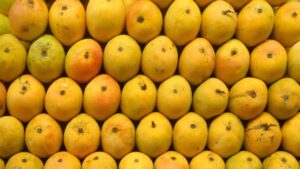Meet the ‘Queen of Millet’ Raimati Ghiuria, Who Preserves 30 Types of Rare Indian Millets

Meet the 'Queen of Millet' Raimati Ghiuria, Who Preserves 30 Types of Rare Indian Millets
Raimati Ghiuria, also known as the ‘Queen of Millet’ , belongs to the Bhumia tribe, and hails from Nuaguda village, Kundra block in Koraput district, Odisha.
Raimati has not only nurtured and safeguarded 30 uncommon millet varieties but has also educated numerous women in the art of millet cultivation.
In this year, designated as the International Year of Millets, Raimati shared insights into the culinary delights crafted from millets during the G20 Summit.
At the summit, Raimati seized the opportunity to meet with President Draupadi Murmu, engaging in meaningful conversations. Her commitment to preserving traditional rice and millet strains, including Kundra Bati, Mandia, Jasra, Juana, and Jamkoli, has not only gained acknowledgement within her community but has also captured the attention of the Odisha government, which is considering the official release of one of her millet varieties.
Raimati has earned respect not only from her community but also from leaders around the world. Her dedication to saving traditional types of millet and encouraging them as a healthy and eco-friendly food choice inspires many.
As she continues her efforts, Raimati stays focused on protecting more millets. Beyond her agricultural pursuits, Raimati has contributed to the local economy by processing millets into value-added products like pakoras and laddus and retailed at local markets and tiffin centres in the Kundra block.
Despite her limited formal education ending in the seventh grade, Raimati attributes her wisdom to the hands-on experience gained in the field. She draws inspiration from Kamala Pujari, a septuagenarian who received the Padma Shri for her dedication to preserving rice seed varieties.
This year, indigenous farmers are endeavouring to reignite interest in these local grains that have been overshadowed by the widespread popularity of rice and wheat.








